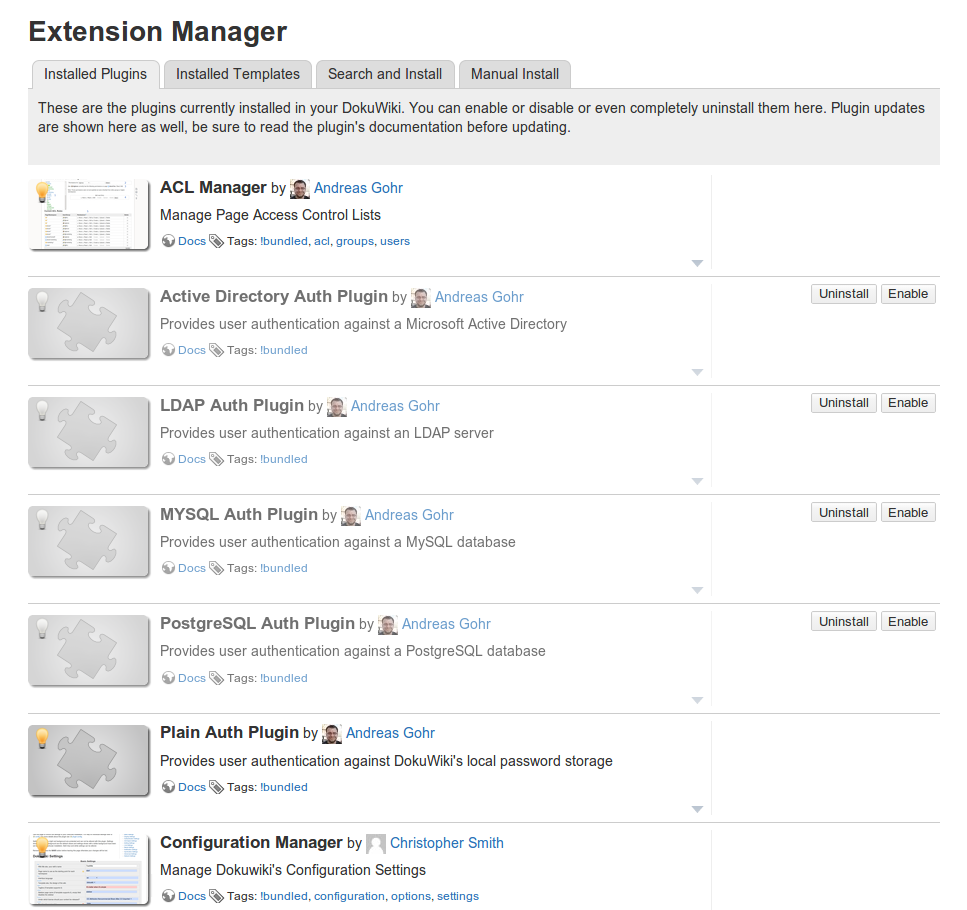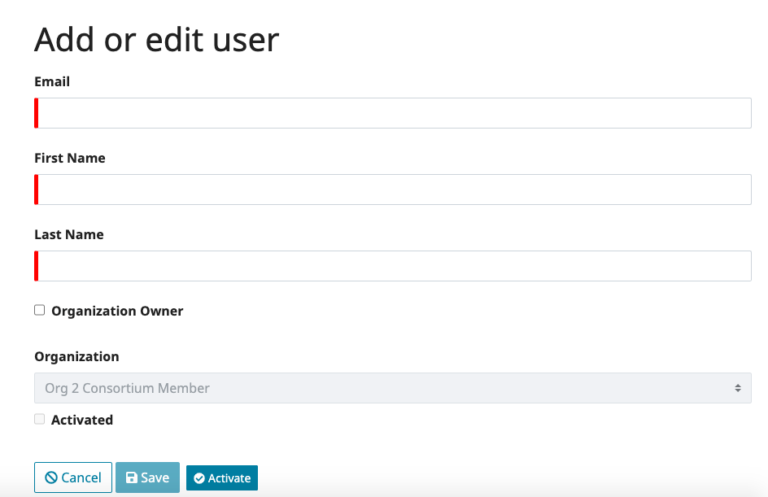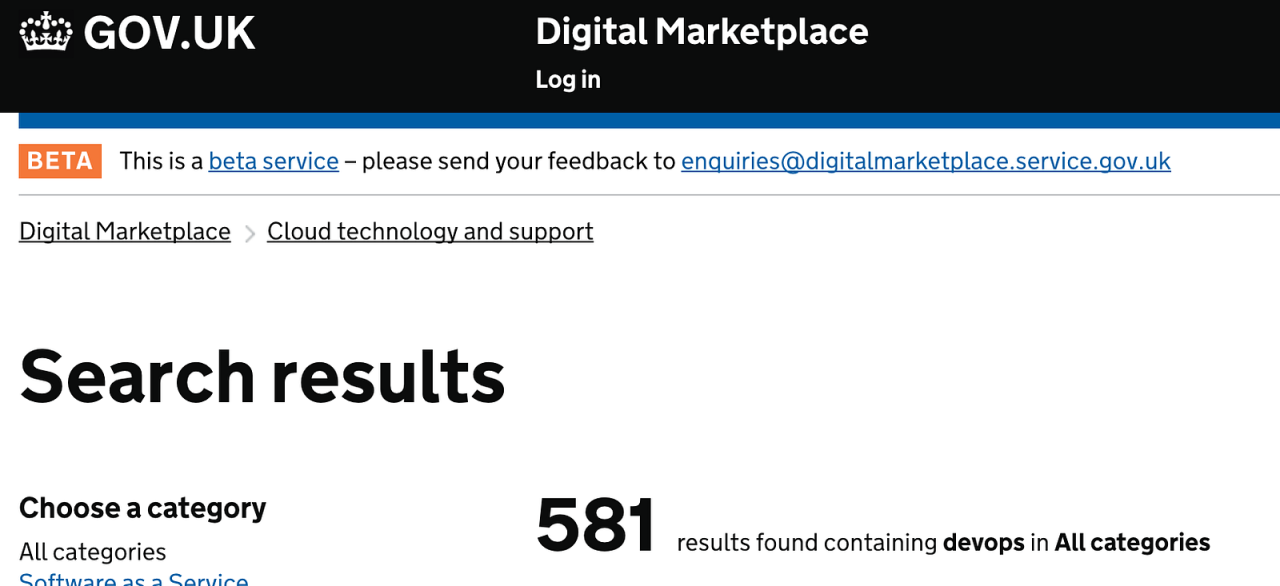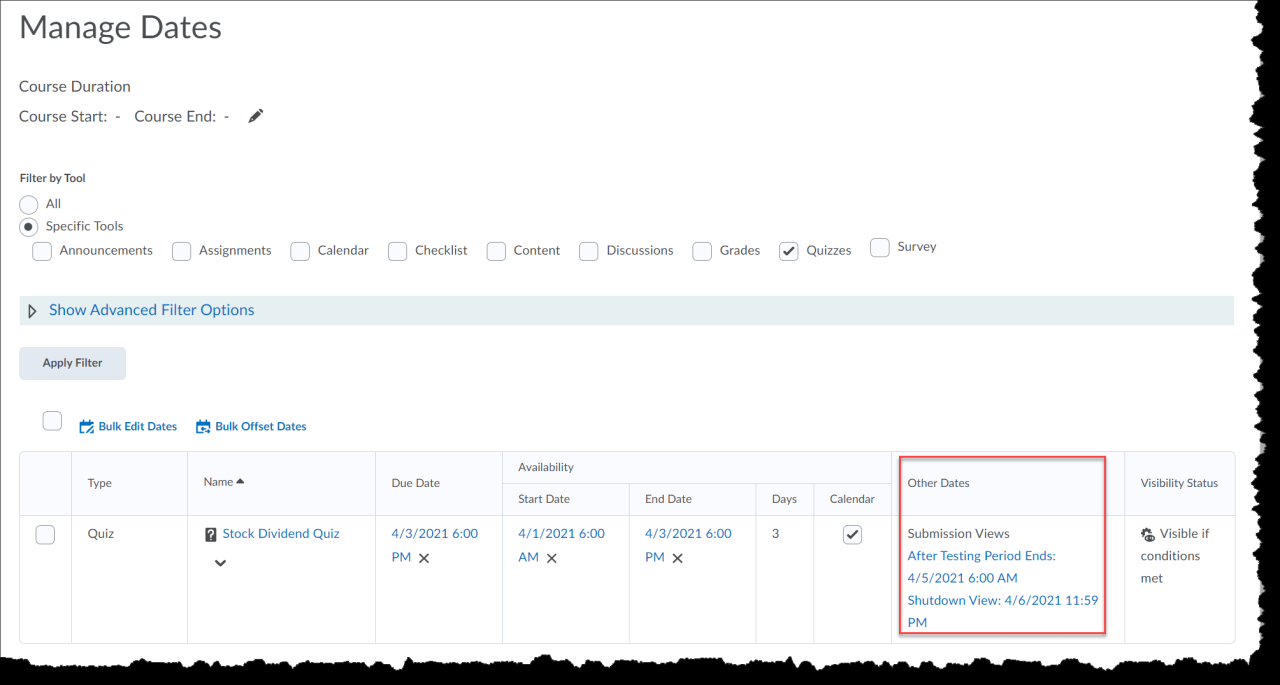Moving back home often necessitates storing belongings. This comprehensive guide provides a structured approach to managing your possessions in storage, ensuring a smooth and organized transition. From initial assessment to final retrieval, we’ll cover every crucial step, from packing techniques to environmental considerations, enabling you to safely and efficiently store your belongings.
Properly managing your stored items is essential to avoid potential damage and ensure easy access when you need them. This guide details essential steps for success, encompassing detailed checklists, practical advice, and important considerations for various storage scenarios.
Assessing Your Belongings

Thorough assessment of your possessions is crucial for effective storage management. This process ensures that only necessary items are stored, maximizing space and minimizing clutter. A well-organized approach to evaluating your belongings will streamline the packing and unpacking process, reducing stress and maximizing efficiency.A systematic evaluation process is vital for successful storage management. This involves carefully considering each item’s value, condition, and future use.
Understanding the criteria for retention versus disposal will lead to a more efficient and less overwhelming experience when organizing your storage space.
Evaluating Items for Storage
Careful consideration of each item is essential to determine its suitability for storage. Questions to ask about each item will help you make informed decisions about its future.
- Is this item still functional and in good condition?
- How frequently have I used this item in the past year?
- Does this item hold sentimental value or personal significance?
- Is there a similar item already available that could be used instead?
- Is this item in a condition that makes it impractical or unsafe to store?
Categorizing Possessions
Categorizing belongings is a key step in organizing for storage. Different methods for categorizing items will enhance your ability to locate and access items later.
- By Room of Origin: Items can be grouped based on the room they originally came from (e.g., kitchen, bedroom, office). This method aids in a streamlined packing process, ensuring all items from a specific area are located together. For example, packing items from the bedroom together helps maintain a logical flow during unpacking.
- By Type: Grouping items by type (e.g., clothing, books, electronics) provides a clear overview of the contents of your storage space. This facilitates efficient organization, enabling quick access to specific types of items.
- By Frequency of Use: Grouping items based on how frequently they are used allows you to prioritize items. Items used frequently may benefit from being kept in an easily accessible location. Conversely, items rarely used might be suitable for long-term storage.
Tagging and Labeling
A robust system for tagging and labeling your belongings is essential for efficient retrieval. This approach will aid in quick and accurate identification.
- Descriptive Labels: Use clear and concise labels to identify each item. Include the item’s type, room of origin, or other relevant details. This aids in quick identification.
- Barcode or QR Codes: Consider using barcodes or QR codes for more advanced organization. These technologies enable you to quickly scan items for inventory management.
- Color-Coding: Utilize color-coding systems to further categorize items. This visual approach can significantly enhance identification and retrieval speed. For example, all items from the living room could be color-coded in a specific shade of green.
Essential vs. Non-Essential Items
Identifying essential items from those that can be donated or discarded is a critical part of the process. This process ensures that storage space is utilized efficiently and prevents the accumulation of unnecessary items.
- Essential Items: Items that are frequently used, have sentimental value, or are irreplaceable are essential. These items should be prioritized for storage.
- Donation or Discard: Items that are unused, damaged, or duplicates are suitable for donation or discarding. This practice helps maintain a decluttered environment.
Condition Checklist
A comprehensive checklist for evaluating the condition of each item is vital. This will prevent potential damage or deterioration during storage.
| Item | Condition | Action Required |
|---|---|---|
| Clothing | Holes, stains, or tears | Repair or discard |
| Electronics | Broken components | Repair or discard |
| Books | Mildew or water damage | Discard or restoration |
Choosing the Right Storage Solution

Selecting appropriate storage solutions is crucial for preserving your belongings and maximizing space utilization. Carefully considering the various options available ensures your items are stored safely and efficiently, preventing damage and maximizing the lifespan of your possessions. Properly chosen storage can significantly reduce the risk of deterioration, loss, or damage during storage.Effective storage solutions are not only about protecting your items; they also help to maintain order and organization within your storage space.
This careful selection is essential for creating a structured and manageable storage environment, regardless of the size of the area.
Storage Container Types
Different types of storage containers cater to various needs and storage situations. Understanding the characteristics of each option allows you to choose the most suitable container for your items. Containers range from simple cardboard boxes to specialized climate-controlled units.
- Containers: Containers come in various materials and sizes, from simple cardboard boxes to durable plastic totes. Selecting the appropriate container material and size is essential for ensuring the safety of the stored items and optimizing space usage.
- Boxes: Cardboard boxes are a common and often cost-effective choice. Their lightweight nature and varied sizes make them suitable for a wide range of items. However, cardboard boxes may not be the most durable option, especially for heavier or fragile items.
- Shelving Units: Shelving units are ideal for organizing and displaying items, especially those that require vertical storage. They are commonly used for books, decorative items, and other smaller objects.
- Climate-controlled units: These specialized storage units maintain controlled temperature and humidity levels, preventing damage to sensitive items like artwork, documents, and electronics.
Storage Material Comparison
The material of the storage container significantly impacts its suitability for specific items. Choosing the right material balances cost, durability, and practicality.
- Cardboard: Cardboard boxes are typically the most budget-friendly option. They are lightweight and readily available, making them suitable for non-fragile, lightweight items. However, they offer limited protection against moisture and damage.
- Plastic: Plastic containers provide greater protection against moisture and pests. They are often more durable than cardboard and can withstand heavier items. However, plastic containers may be more expensive and heavier than cardboard.
- Fabric: Fabric storage solutions, such as vacuum-sealed bags, are excellent for maximizing space efficiency by compressing items. These solutions are ideal for clothing and bedding. However, fabric may not be as durable as other materials and may not be suitable for all items.
Storage Solution Comparison Table
The following table summarizes the comparative characteristics of different storage solutions:
| Storage Solution | Cost | Space Efficiency | Durability |
|---|---|---|---|
| Cardboard Boxes | Low | Moderate | Low |
| Plastic Containers | Moderate | Moderate | High |
| Fabric Storage Bags | Moderate | High | Moderate |
| Shelving Units | Moderate to High | High | High |
Container Size and Item Selection
The size of the container should be carefully chosen to accommodate the specific item. Overfilling or underfilling containers can lead to damage or inefficient use of space.
- Appropriate Size Selection: Consider the dimensions of the items to be stored when selecting the container size. Ensure the container is large enough to hold the item without compromising its stability or the integrity of the container.
- Item-Specific Container Types: For delicate items like glassware or electronics, specialized containers or padding may be necessary to prevent damage. Consider using bubble wrap or packing peanuts for additional protection.
Storage Location Selection
The storage location significantly impacts the preservation of your belongings. Factors like climate control and accessibility must be considered.
- Climate Control: Storing items in climate-controlled environments protects them from extreme temperatures and humidity. This is particularly crucial for preserving valuable items like artwork, documents, and electronics.
- Accessibility: The ease of accessing stored items is critical for efficient retrieval. Choose a location that is easily accessible, yet secure from unauthorized access.
- Security Considerations: Consider the security of the storage location. If the location is exposed to weather, pests, or other potential hazards, additional precautions may be needed.
Packing and Organizing Your Belongings
Proper packing and organization are crucial for maintaining the integrity of your belongings during storage and for easy retrieval later. Efficient packing techniques maximize space utilization, minimize damage, and ensure a smooth unpacking process upon your return. Careful consideration of materials and methods will significantly enhance the overall experience.Thorough planning and meticulous execution during the packing phase directly impact the success of your storage project.
The right approach ensures that your belongings arrive at their destination in the same condition they left in. This meticulousness extends to both fragile and heavy items, guaranteeing their safety throughout the duration of storage.
Packing Fragile Items
Protecting delicate items is paramount. Properly wrapping and cushioning them is vital to prevent breakage or damage during transit and storage. This involves utilizing appropriate packing materials and employing specific techniques to ensure their safekeeping.
- Use several layers of packing paper or acid-free tissue paper to surround and protect each item. Overlapping layers provide additional protection.
- Encase fragile items in sturdy cardboard boxes or containers to provide an extra layer of protection. Avoid using flimsy boxes.
- Utilize bubble wrap, packing peanuts, or crumpled newspaper to fill any empty spaces within the container. This creates a protective cushioning effect.
- Wrap breakable items in several layers of soft materials, such as fabric or blankets, before placing them in their containers. This adds another layer of protection against impacts.
- Label the container clearly with “Fragile” or a similar indicator to ensure careful handling by those who manage the storage facility.
Maximizing Space Utilization
Efficiently utilizing space in storage containers is key to minimizing wasted space and maximizing the storage capacity of the containers. The use of appropriate containers and strategic packing methods ensures that you can fit the maximum amount of items possible.
- Choose containers that are appropriately sized for the items being stored. Using oversized containers can lead to wasted space and potentially damage the items within.
- Stack containers in a stable manner, ensuring that the weight is distributed evenly. Use sturdy supports to prevent them from collapsing or tipping over.
- Utilize vertical space. This is a crucial method for maximizing storage capacity and efficiency. Consider using stackable containers or shelves.
- Pack heavier items at the bottom of the container and lighter items on top to maintain stability.
- Employ the ‘nesting’ technique by placing smaller items inside larger ones, minimizing empty space and maximizing container use.
Creating an Organized System
Creating an organized system within the storage space is crucial for easy retrieval of items. This includes a structured approach to categorizing and labeling containers.
- Categorize items into logical groups, such as clothing, kitchenware, or electronics. Use labels to clearly indicate the contents of each container.
- Label each container with a clear and concise description of its contents, including the date it was packed. This helps to identify the contents quickly.
- Number containers sequentially or use a color-coding system to organize the storage area. A well-defined system facilitates retrieval of specific items.
- Use dividers within containers to separate different categories of items. This method helps in maintaining order within each container.
- Arrange containers logically within the storage space based on their category or intended use. This improves the accessibility of items.
Importance of Packing Materials
Proper packing materials are essential to protect belongings from damage. These materials act as a buffer against impacts and moisture.
- Use appropriate packing paper, bubble wrap, and other protective materials to cushion items during transit and storage. These materials act as a barrier against potential damage.
- Consider using archival-quality materials for items that require long-term preservation. This is especially important for documents and photos.
- Choose materials that are moisture-resistant to protect items from humidity or water damage. This is vital for items that are sensitive to moisture.
- Pack fragile items with adequate cushioning material to prevent breakage. This is crucial to avoid potential damage.
Step-by-Step Packing and Labeling Guide
A step-by-step guide for packing and labeling containers is essential for smooth retrieval. This includes packing each container systematically and clearly labeling each one.
- Carefully select and clean each item, ensuring that there are no loose items or unwanted debris.
- Gather all the necessary packing materials, such as bubble wrap, packing paper, and boxes.
- Pack each item individually with adequate cushioning materials. Ensure a snug fit within the container.
- Label each container with a clear and concise description of its contents, including the date it was packed.
- Arrange the containers logically within the storage space based on their category or intended use. This improves accessibility of items.
Maintaining Your Stored Belongings
Proper storage maintenance is crucial for preserving the condition and value of your belongings. Consistent care prevents damage from pests, moisture, and temperature fluctuations, ensuring that your items remain in good condition for years to come. This section details essential strategies for maintaining your stored possessions.
Preventing Damage from Pests, Moisture, and Temperature Fluctuations
Maintaining a stable storage environment is key to preserving your belongings. Proper preventative measures mitigate damage from pests, moisture, and temperature changes. This includes creating a hostile environment for pests, controlling moisture levels, and regulating temperature.
- Pest Control: Regular inspections are vital. Look for signs of pest activity, such as droppings, nests, or gnaw marks. Use pest-resistant storage containers and consider using commercially available pest deterrents or traps. Professional pest control services might be necessary for severe infestations.
- Moisture Control: High humidity can lead to mold and mildew growth, damage to items like paper documents, and even rust formation on metal objects. Ensure your storage space is well-ventilated and use moisture absorbers like silica gel packets to control humidity. Regularly check for signs of moisture damage. If condensation is present, consider a dehumidifier.
- Temperature Regulation: Extreme temperature fluctuations can damage items like electronics, photographs, and certain types of furniture. Choose a storage space that offers a consistent temperature. If your storage space is subject to wide temperature variations, consider using insulation or temperature-controlled storage solutions.
Ensuring Safety and Security of Stored Items
Securing your belongings from theft or vandalism is just as important as preventing damage. Robust security measures, combined with proper storage, are crucial for maintaining the safety of your stored items.
- Secure Storage Space: Select a storage space with good security features. Lockable doors, window coverings, and visible security measures help deter theft. Consider installing an alarm system, especially in larger or more exposed storage areas.
- Robust Containers: Use durable and sealed containers to protect your belongings from dust, dirt, and other environmental elements. Choose containers that are specifically designed for storage and offer the necessary protection against theft and damage.
- Inventory and Valuation: Creating an inventory of your stored items, along with a valuation of their worth, provides crucial information for insurance purposes and in case of theft or loss. Take photos or videos of your items before storage. This record is essential for insurance claims.
Preventing Mold and Mildew Growth
Preventing mold and mildew growth is essential for preserving the quality and safety of stored items. Proper ventilation and humidity control are key to preventing these issues.
- Air Circulation: Ensure good air circulation within the storage space. Proper ventilation prevents moisture buildup and promotes a dry environment, reducing the risk of mold and mildew growth.
- Regular Cleaning: Regularly clean storage containers and the storage space itself to remove dust, debris, and any potential sources of mold or mildew. Pay close attention to damp areas or corners. Use appropriate cleaning solutions for different materials.
- Humidity Control: Maintain appropriate humidity levels in the storage area. As mentioned earlier, moisture control is essential in preventing mold and mildew.
Monitoring the Storage Environment
Regular monitoring of the storage environment is crucial for maintaining optimal conditions for your belongings. This includes regular checks for pests, moisture, and temperature.
- Regular Inspections: Conduct regular inspections of the storage area for signs of pest activity, moisture damage, or temperature fluctuations. Check for unusual odors, unusual conditions, or unusual items.
- Record Keeping: Maintain records of your inspections, including dates, observations, and any corrective actions taken. This helps track any recurring issues and allows for proactive maintenance.
- Environmental Monitoring: Consider using moisture meters, hygrometers, and thermometers to monitor the environmental conditions within your storage area. This provides precise data on humidity and temperature levels.
Regular Inventory Checks
Regular inventory checks are essential for ensuring the accuracy of your stored items and facilitating any necessary replacements or additions.
- Frequency: Establish a schedule for regular inventory checks. The frequency depends on the type of items stored and the storage environment. Consider checking periodically, quarterly, or annually.
- Detailed Records: Maintain a detailed record of your inventory, including descriptions, quantities, and any relevant information about the stored items. Include images or videos for better identification.
- Verification: Regularly verify your records against the actual items in storage. This ensures accuracy and prevents discrepancies. If any items are missing, take immediate action to locate them.
Preparing for Retrieval
Retrieving your stored belongings efficiently and safely requires careful planning and organization. This phase involves establishing a system for tracking your items, facilitating easy access, and ensuring their preservation during the retrieval process. A well-structured approach minimizes stress and maximizes the efficiency of the entire process.A proactive approach to retrieval is essential to prevent potential issues and ensure a smooth transition.
By implementing a robust system for tracking and organizing your stored items, you can effectively locate and retrieve them when needed, saving time and effort.
Tracking Stored Items
A comprehensive inventory of stored items is crucial for efficient retrieval. This involves not only listing the items but also noting their location within the storage space. Detailed records minimize confusion and expedite the retrieval process.
- Maintain a detailed inventory. This could be a spreadsheet, a digital document, or a physical notebook. Include specific descriptions of each item, including size, condition, and any relevant identifying marks.
- Use a consistent labeling system. Label each box or container clearly with the contents and a unique identifier. This facilitates quick identification during retrieval.
- Take photos or videos of your stored items. This provides a visual record of the contents and condition of your belongings, particularly helpful if you’re uncertain about the specifics of an item or for insurance purposes.
Efficient Access to Stored Items
Designing a system for efficient access involves strategic organization within the storage space. Prioritize easy-to-reach locations for frequently used items, and clearly label pathways or areas.
- Categorize items logically. Group similar items together. For example, seasonal clothing can be stored together. This makes locating specific items much faster.
- Organize items by frequency of use. Keep frequently used items in easily accessible locations. This prevents unnecessary searching.
- Implement a color-coding system. Use different colored labels or markers to distinguish categories or locations. This adds visual cues for faster retrieval.
Organizing Items in Storage
A well-organized storage space significantly improves the efficiency of the retrieval process. Employ strategies to facilitate easy navigation and location of specific items.
- Use clearly labeled containers. Clearly mark each container with its contents and a unique identifier. This makes it easy to locate the box containing a particular item.
- Employ a standardized shelving system. Maintain consistent shelving arrangements to ensure items are easily found and retrieved.
- Consider the layout of the storage space. Arrange items strategically to optimize accessibility. Utilize shelves and racks effectively to maximize space and ease of access.
Importance of Detailed Inventory
A detailed inventory is not merely a list of items; it’s a roadmap to your stored belongings. A comprehensive inventory is essential for smooth retrieval, potential insurance claims, and ensuring you don’t misplace or lose items.
- Inventory serves as a safeguard against loss or damage. It’s critical for accurately assessing the contents of your storage space.
- The inventory serves as a reference during retrieval. It guides you to the exact location of each item.
- It simplifies the process of relocating items if needed.
Tips for Safe and Efficient Retrieval
Careful planning and preparation minimize potential issues during retrieval. Employ these strategies to ensure the safe and efficient retrieval of your belongings.
- Use appropriate tools and equipment. Employ sturdy boxes, packing tape, and other necessary supplies for safely handling items.
- Take breaks to prevent fatigue. Maintain a healthy pace to avoid potential injuries or mistakes.
- Double-check your inventory against the stored items. This verification ensures that all items are accounted for.
- Prioritize fragile items. Handle fragile items with extra care and ensure appropriate padding and protection.
- Document the retrieval process. Note down the date, time, and items retrieved. This is essential for record-keeping and future reference.
Environmental Considerations

Proper storage environment is crucial for preserving the quality and longevity of your belongings. Maintaining ideal conditions prevents damage from moisture, temperature fluctuations, and pests, ensuring your items remain in pristine condition for years to come. This section details the importance of climate control, protection from extreme conditions, and the risks of unsuitable storage environments.
Importance of Climate Control
Climate control in storage environments is vital for preventing deterioration and damage to various belongings. Maintaining consistent temperature and humidity levels safeguards items from warping, mold growth, and pest infestations. This preservation extends the lifespan of your possessions, significantly reducing the need for costly replacements or repairs.
Protecting Items from Extreme Temperatures or Humidity
Extreme temperatures and humidity can cause significant damage to a wide range of belongings. High temperatures can fade colors, warp wood, and damage delicate materials like fabrics and paper. Conversely, high humidity can lead to mold growth, mildew, and rust. Protecting your items from these conditions requires careful consideration of the storage environment.
Risks of Storing Items in Unsuitable Environments
Storing belongings in unsuitable environments can lead to a variety of problems. Items stored in environments with fluctuating temperatures can warp, crack, or become brittle over time. High humidity can promote mold growth and mildew, potentially affecting the structural integrity and aesthetic appeal of your belongings. Exposure to pests is another risk in poorly maintained storage spaces.
Ideal Temperature and Humidity Ranges
The following table Artikels ideal temperature and humidity ranges for various types of belongings. These ranges provide a general guideline, and specific requirements may vary depending on the item’s inherent characteristics.
| Item Type | Ideal Temperature (°C) | Ideal Humidity (%) |
|---|---|---|
| Documents (paper, photographs) | 18-24 | 30-50 |
| Textiles (clothing, fabrics) | 18-24 | 40-60 |
| Wood Furniture | 18-24 | 30-50 |
| Leather Goods | 18-24 | 30-50 |
| Electronics | 18-24 | 30-50 |
| Fine Art | 18-24 | 30-50 |
Importance of Proper Ventilation
Adequate ventilation in storage spaces is essential for preventing the buildup of moisture and maintaining a healthy environment. Good airflow helps to regulate temperature and humidity, reducing the risk of mold growth, mildew, and pest infestations. Proper ventilation also minimizes the buildup of unpleasant odors. Regular inspection and cleaning of the storage area are also important aspects of maintaining appropriate ventilation.
Insurance and Legal Considerations

Protecting your belongings in storage requires careful consideration of both insurance and legal aspects. A comprehensive understanding of these elements can significantly mitigate risks and ensure a smooth retrieval process. This section provides guidance on essential insurance coverage, documentation, potential legal issues, and creating a detailed inventory of your stored items.Thorough planning for potential issues related to storage is crucial.
A well-documented inventory and appropriate insurance coverage can help you navigate any unforeseen circumstances, whether it’s damage, loss, or disputes.
Importance of Insurance Coverage
Adequate insurance coverage is vital for safeguarding your stored possessions against unforeseen events. Policies should clearly Artikel the types of risks covered, such as fire, water damage, theft, and vandalism. This coverage extends to the entire storage period, ensuring you are protected from unexpected losses. Review your existing policies or consider purchasing specialized storage insurance to ensure complete coverage.
The extent of coverage often depends on the type of storage facility and the specific contents being stored.
Documenting Storage Contents
Detailed documentation is essential for resolving potential disputes or claims. A comprehensive inventory of your belongings will be crucial in case of damage or loss. This record should include descriptions of each item, its approximate value, and the date of storage.
Creating an Inventory
An inventory serves as a detailed record of your stored belongings. It is recommended to create a comprehensive inventory with specific descriptions of each item. Include detailed descriptions, such as the item’s make, model, and any unique identifying features. Assigning approximate values to each item, based on market research or previous purchase receipts, is also beneficial. Use photographs or videos to document the condition of the items before storage.
This documentation is essential for claims.
- Item Description: Include specifics like make, model, size, condition, and any unique identifying features (serial numbers, etc.).
- Valuation: Provide an estimated value for each item, considering current market prices or purchase receipts. If you have purchased the item recently, use the original invoice. If not, use an online price comparison tool or consult with a professional appraiser for more accurate valuations.
- Date of Storage: Note the date each item was stored.
- Photos/Videos: Include clear photographs or videos of each item, showcasing its condition before storage. This visual record is invaluable for claims.
Potential Legal Issues Related to Storage
Understanding the potential legal issues associated with storage is crucial. Familiarize yourself with the terms and conditions of your storage agreement. This document Artikels the responsibilities of both the storage facility and the customer. Disputes may arise regarding damage, theft, or disputes over access. It is important to understand the procedures for resolving such disputes Artikeld in your storage agreement.
Examples of Relevant Legal Documents and Procedures
Reviewing the storage agreement is crucial. This document Artikels the responsibilities and limitations of both parties. It’s advisable to seek legal counsel to clarify any ambiguities or to understand your rights and obligations under the agreement.
- Storage Agreement: This contract details the terms of your storage arrangement, including liability clauses, access restrictions, and dispute resolution procedures. Carefully review this document before signing it.
- Inventory Records: Detailed records of your stored items, along with their descriptions and valuations, serve as crucial evidence in case of loss or damage. Maintain these records meticulously.
- Dispute Resolution Procedures: Familiarize yourself with the dispute resolution mechanisms Artikeld in your storage agreement. Understanding these procedures can help you resolve issues efficiently and effectively.
Summary

In conclusion, effectively managing belongings in storage requires a meticulous approach encompassing assessment, selection of appropriate solutions, efficient packing, ongoing maintenance, and a clear retrieval strategy. This guide provides a comprehensive roadmap to navigating the process successfully. By following these practical steps, you can ensure the safekeeping and accessibility of your belongings, minimizing potential issues and maximizing your experience.